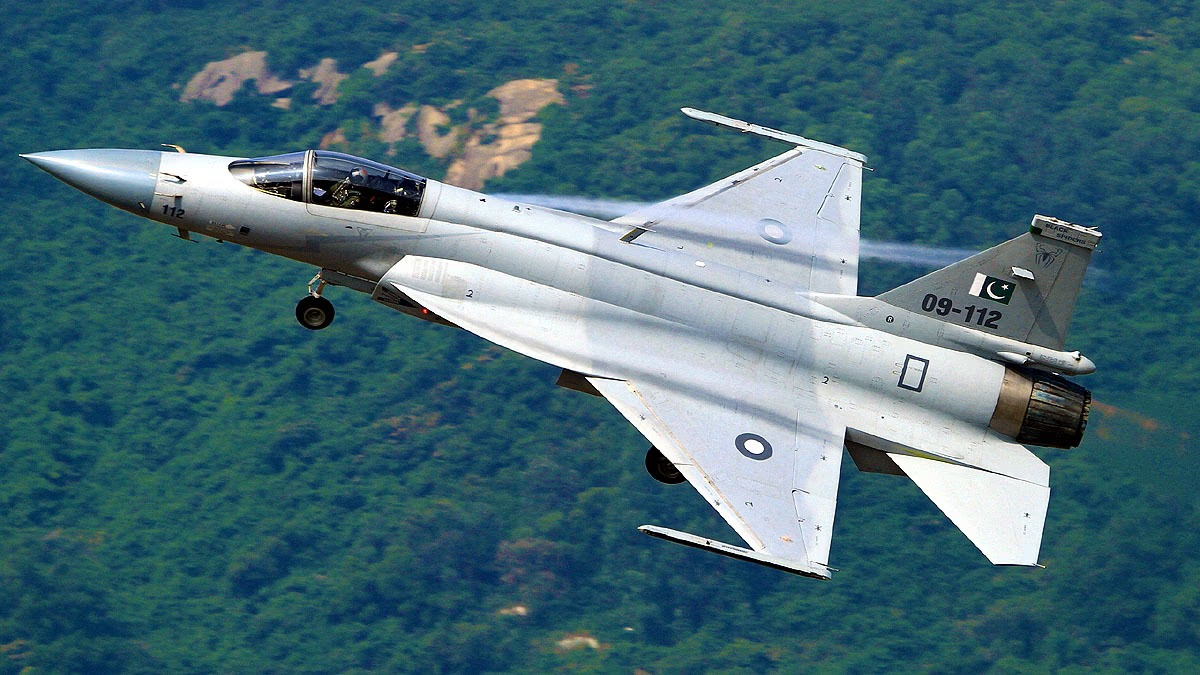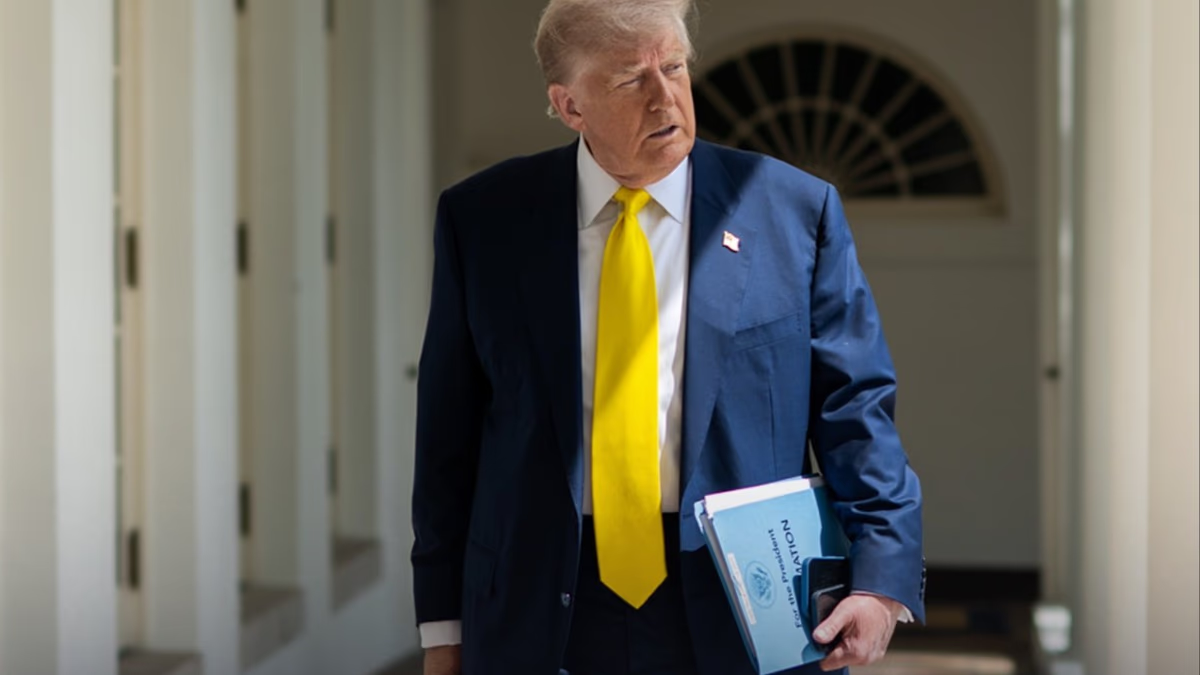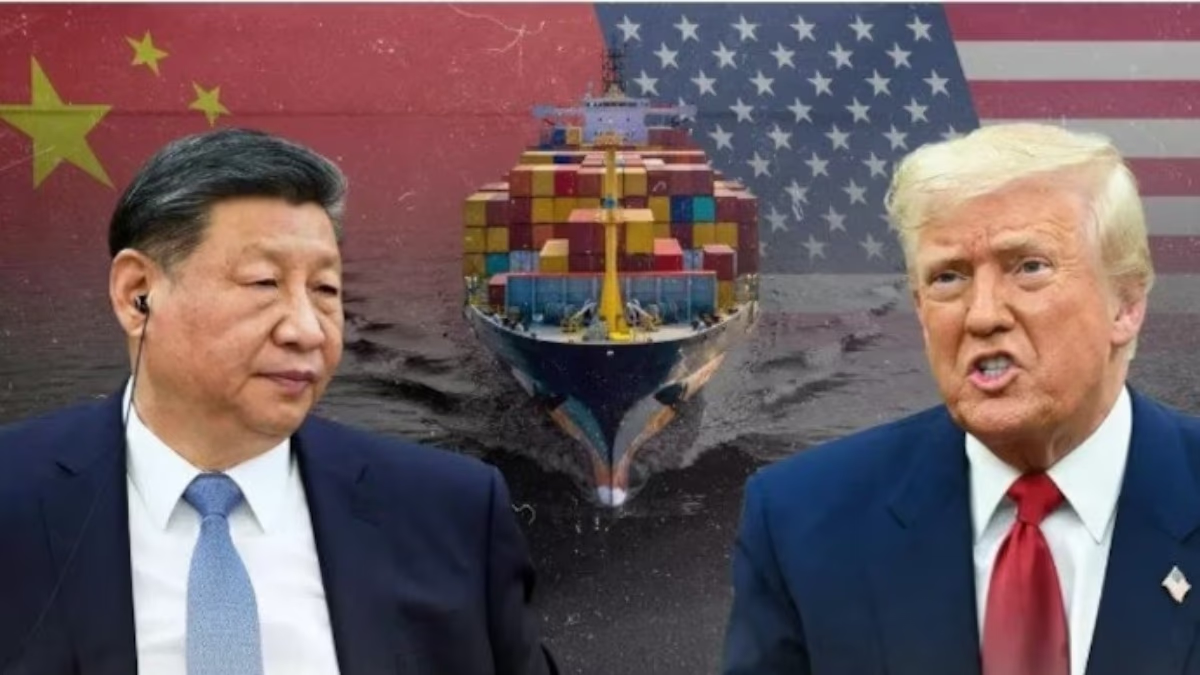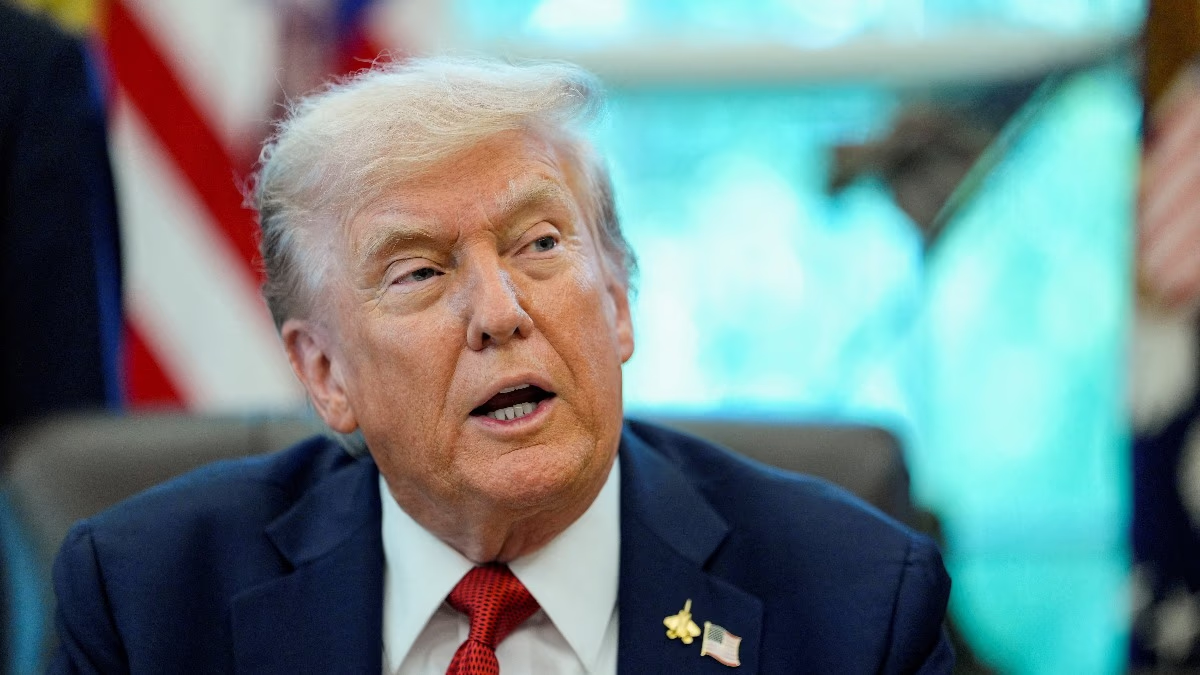In an alarming development, the world's two superpowers - the United States and China - have ramped up their weapons supply to Pakistan. This is a concerning signal for India. Post the India-Pakistan conflict in May 2025, these supplies have increased significantly.
The United States recently announced plans to supply AIM-120 AMRAAM missiles, while China has provided J-10C jets along with other arms, bolstering Pakistan's military power. Let’s delve into the specifics of these weapons and understand the challenges they pose to India.
The United States has long been a supplier of arms to Pakistan, but the transactions accelerated in 2024 and 2025. Key weapons include...
Also read:
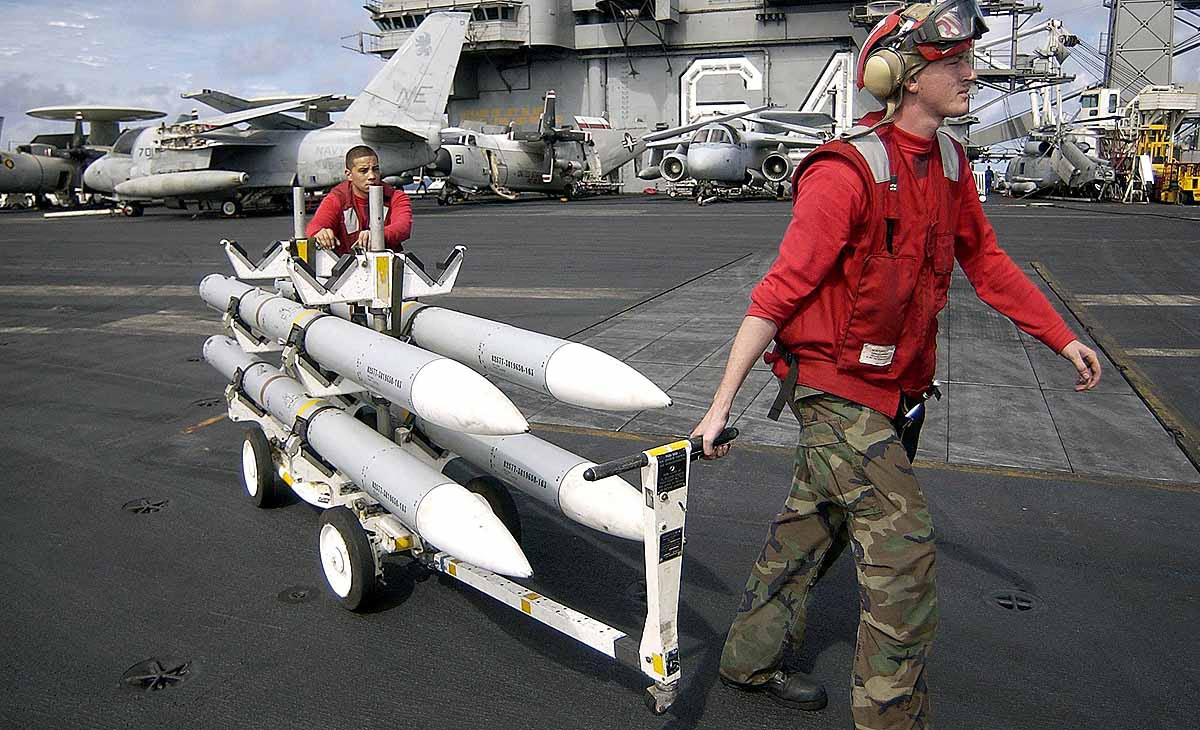
Source: aajtak
AIM-120 AMRAAM Missiles: These advanced air-to-air missiles boast a range of 100 kilometers and a speed of 4490 km/hr, fitting onto F-16 jets. A $2.51 billion deal includes the delivery of AIM-120D-3 variants to Pakistan, totaling 700 missiles valued at $284 million. In 2019, Pakistan used these to down an Indian MiG-21.
F-16 Jet Upgrades: The US has approved a comprehensive upgrade for F-16 fighters, including new radars, electronics, and missile launchers, funded with $7.6 million in 2025.
Other Purchases: In 2024, small arms and parts worth $1.48 million were sold, with the primary focus on air power.
Also check out:
China stands as Pakistan’s largest arms provider. Between 2020 and 2024, 81% of Pakistan’s arms were sourced from China, which accounted for 63% of China's total military exports. Pakistan claims Chinese weaponry performed exceptionally during the May 2025 conflict. Main weapons include...
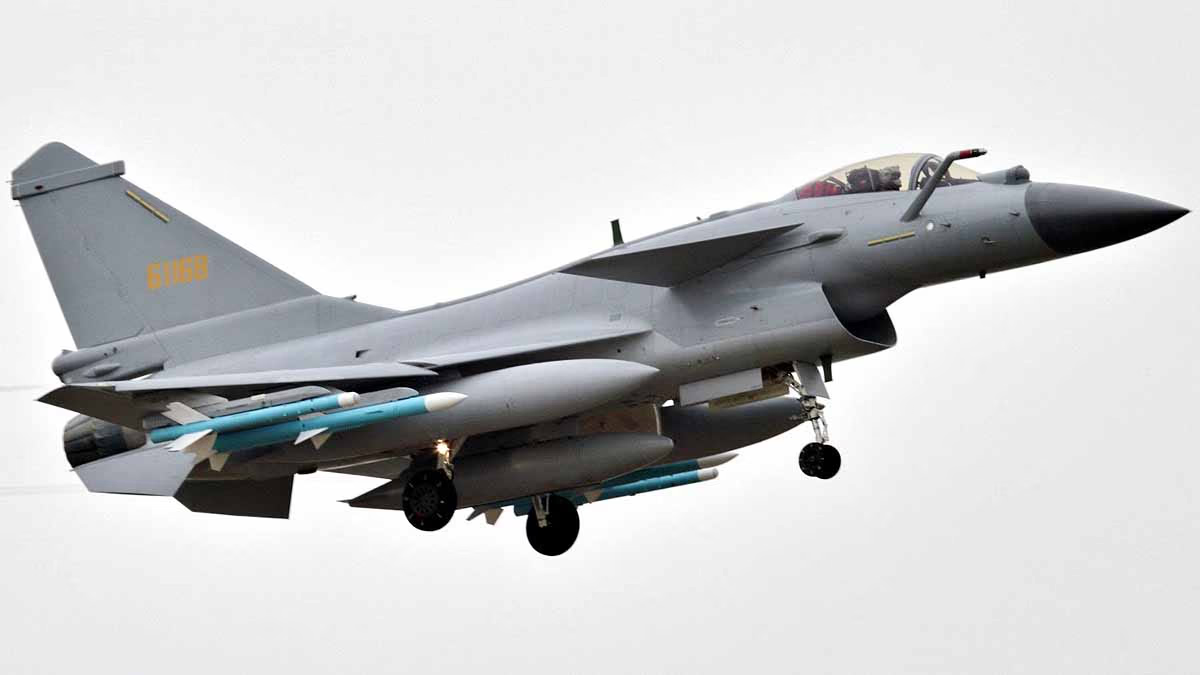
Source: aajtak
J-10C Fighter Jets: These advanced multirole jets were used in the May skirmish, featuring a range of 1,100 kilometers and armed with PL-15 missiles. Pakistan owns dozens of these aircraft.
JF-17 Thunder Jets: A collaborative project between China and Pakistan, these lightweight combat aircraft number over 150 in the Pakistani Air Force, with new Block-3 versions delivered in 2024-2025.
HQ-9 Air Defense System: Capable of surface-to-air attacks with a range of 200 kilometers, they pose a threat to Indian planes, with new batches delivered in 2024.
Type 054A/P Frigates: These naval ships are equipped with anti-ship missiles, adding four new vessels in 2024.
Additional Assets: Z-10 attack helicopters and VT-4 tanks, with $628 thousand in parts provided in 2024.
China has invested billions in developing these technologies, now being field-tested against India through Pakistan.
Explore further:
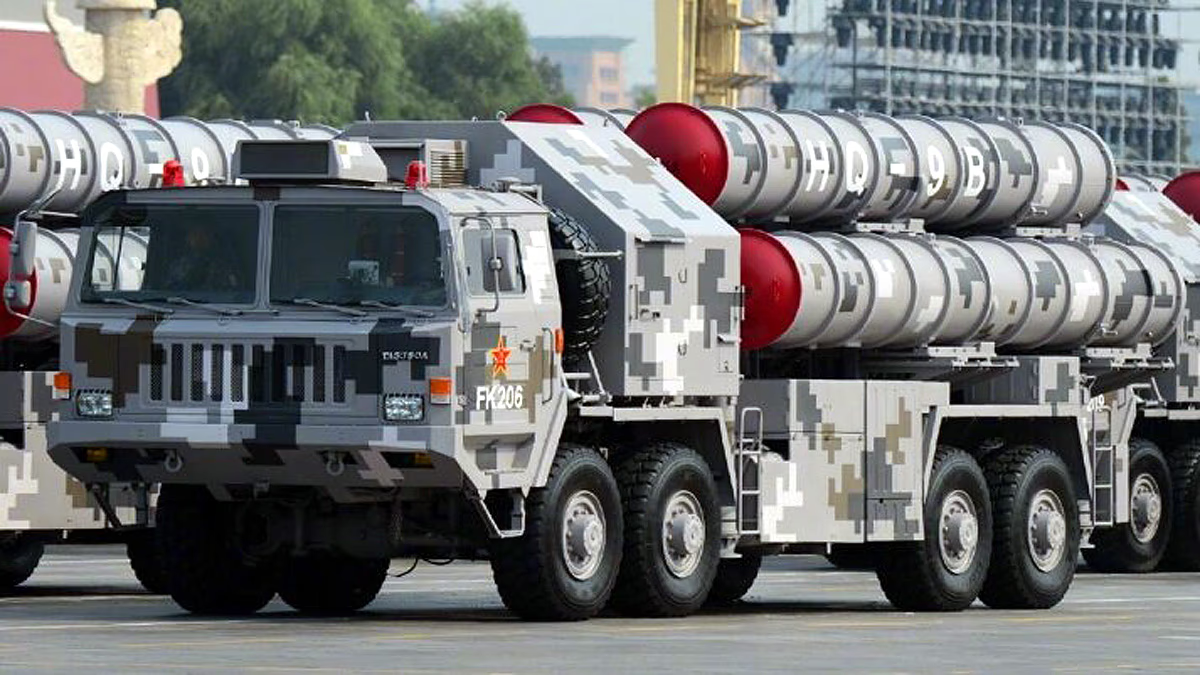
Source: aajtak
The combined supply of US and China weapons has fortified Pakistan, posing significant challenges for India, including...
Increased Aerial Threat: With AIM-120 and J-10C, Pakistan might target Indian Rafale or Sukhoi jets from a distance. Chinese weapons inflicted damage on Indian jets in May 2025, and the addition of US missiles enhances its Beyond Visual Range (BVR) combat capability.
Sino-Pak Alliance: The integrated military operations between China and Pakistan, facilitated by weapon supplies, intensify threats in the Arabian Sea with naval frigates and bolster air defense with HQ-9s. This could simplify two-front warfare (Pakistan+China) for India along its western and northern borders.
Internal Security Risks: These weapons could be deployed in terrorist activities around Kashmir or the border. The US deal appears to balance power dynamics with India.
Nuclear Risk: Both nations are nuclear-armed. Future conflicts akin to May 2025, where Chinese arms nearly sparked a war, are conceivable. India must expedite upgrades on S-400, Rafale, and Astra missiles.
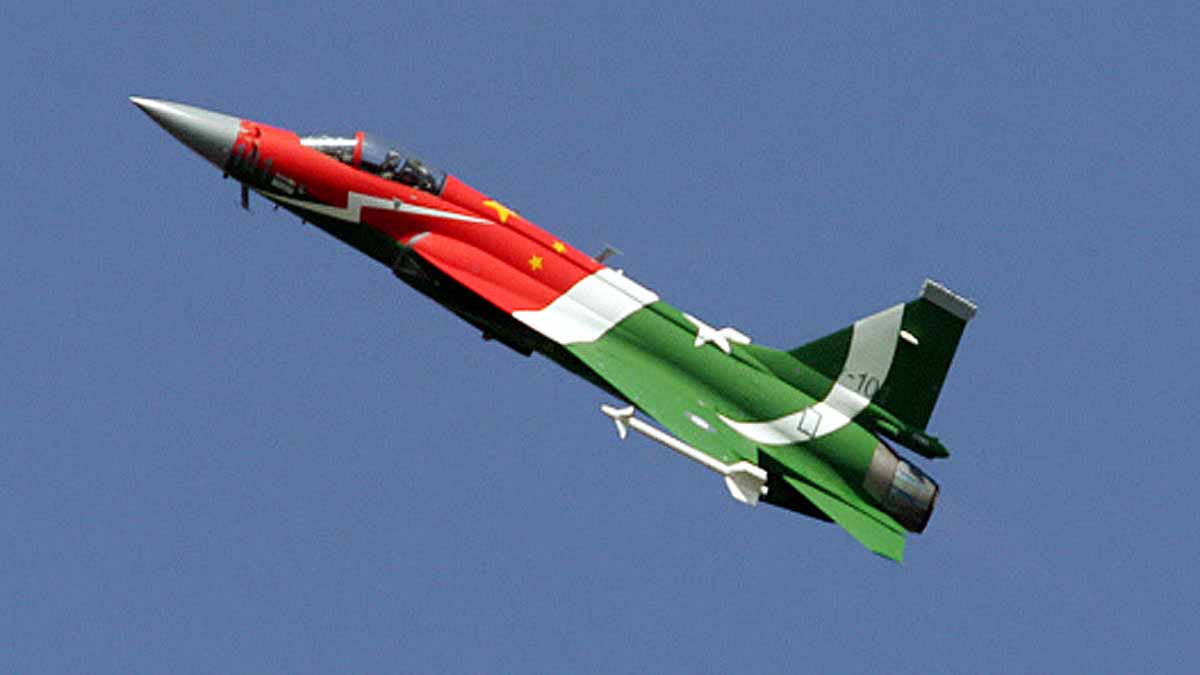
Source: aajtak
Experts suggest these supplies will escalate tensions in South Asia. India should leverage alliances like the Quad for support. By arming Pakistan, the US and China present formidable challenges for India. Weapons like AIM-120 and J-10C enhance Pakistan’s potency, compelling India to fortify its military while ensuring diplomacy upholds peace.
